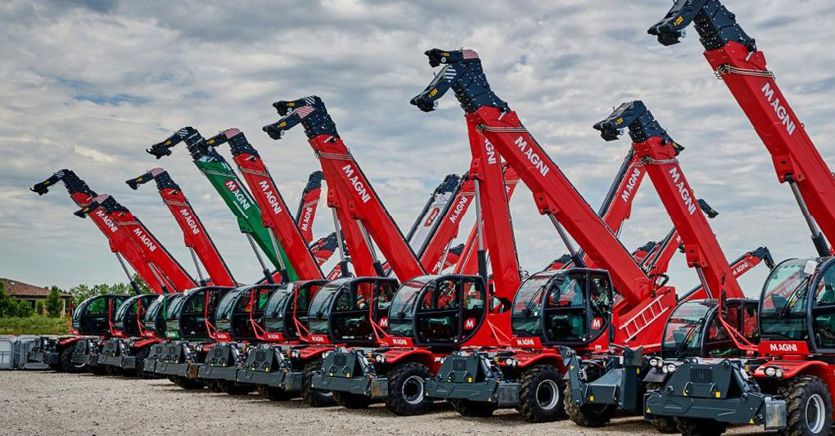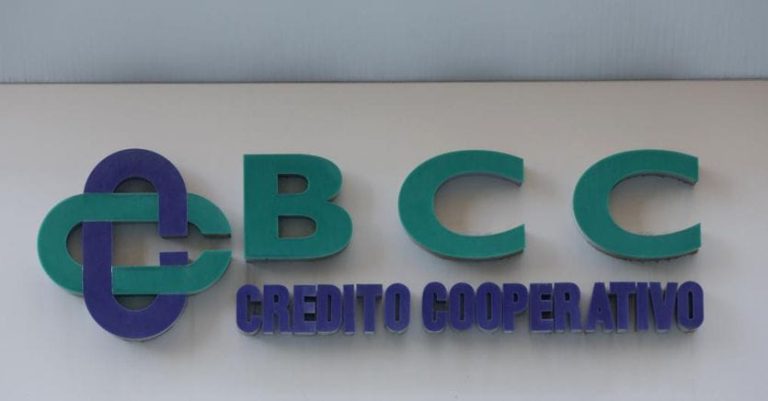It is an industrial investment plan worth 52 million euros and around 350 new jobs to strengthen the mechatronic supply chain of Made in Italy telescopic machines, which the Modena-based group Magni Telescopic Handlers has presented to the Region and to Mimit and which will now be able to access to the ministerial funds of the Development Contract (12.5 million contributions). A plan that will allow the world leader of rotary telescopic machines (niche where it controls 40% of the market) to diversify and internationalize the business by driving the local supplier chain to double volumes, so as to reduce foreign orders and cut transport and maintenance costs. Polluting emissions.
«We have tripled our turnover over the last four years, from 140 million euros in 2019 to over 500 in 2023, our current factory (43 thousand m2 covered on 22 hectares of land) in Castelfranco Emilia, which we completed in 2021, is already tight, we are growing beyond our expectations”, says managing director Carlo Magni, son of the founder Riccardo, who created the group in 2013 after a long managerial career in multinationals in the sector. A couple of years ago Magni TH also entered the broader segment of fixed telescopic machines – a market of 70-80 thousand machines in the world, compared to 4 thousand for rotary machines – with which the group is preparing to serve, from 2025, no longer only the construction sector but also the agricultural sector. And the first need is to internalize the supply of telescopic arms, the strategic component of machinery used to lift, move and position heavy loads: today 40% of the arms arrive from China, from the Chinese partner Zehejiang Dingli Machinery, which has signed a few weeks ago the agreement with Magni to sell 20% of his shares in the group, so the family will return to control the entire share capital.
Magni’s expansion plan is closely linked to that of two key suppliers, the Reggio Emilia-based Stilfer specialized in metal carpentry, which produces frames and turrets for Magni TH, and the Faenza-based Italsab which sandblasts and paints all the pieces. «Two suppliers who have already settled in 2021 inside our Castelfranco Emilia site, where they produce and work at zero km for us and who will participate in this further investment in the supply chain. Our goal is to reach a billion euro turnover in 2030 and we want to do it in a sustainable way both for the environment and for our community”, underlines Magni. Already 90% of the group’s key suppliers are located in Italy, 45% along the Via Emilia, but with the doubling of production the share will rise. Cohabitation in the same plant of the Stilfer-Magni TH-Italsab supply chain has already made it possible to remove 7 thousand trucks from the roads a year and in prospect there will be 15 thousand fewer articulated lorries on the roads of the motor valley, with savings both in terms of polluting emissions and traffic.
The investment – which has just received approval from the Region, officially notified to Invitalia to access Mimit aid – is linked not only to industrial expansion (34.6 million euros) but to three R&D projects of 17, 3 million euros in total, which will be carried out in partnership by the three Emilia-Romagna companies, aimed at developing the technologies of a new generation of vehicles for the lift market. In fact, among the 347 new hires, there are also 25 highly specialized profiles to be included in Magni TH, Stilfer and Italsab..
«We have been investing and growing non-stop for ten years, only with our resources, and this further development step was also planned regardless of external aid. This is the first time we have participated in a public tender and it is almost a surprise to have won. We have a five-year horizon to make the investment, but we aim to complete it as early as 2027″, concludes Magni. «Investment programs like this strengthen the perimeter of our Motor Valley – comments the regional councilor for Economic Development and Work, Vincenzo Colla -. Based on close collaboration between companies, they make it possible to increase competitiveness and bring back to the region pieces of production that had been moved abroad. It is the right way to compete in the world with our excellence, creating new development, new skills and stable, quality employment.”







+ There are no comments
Add yours